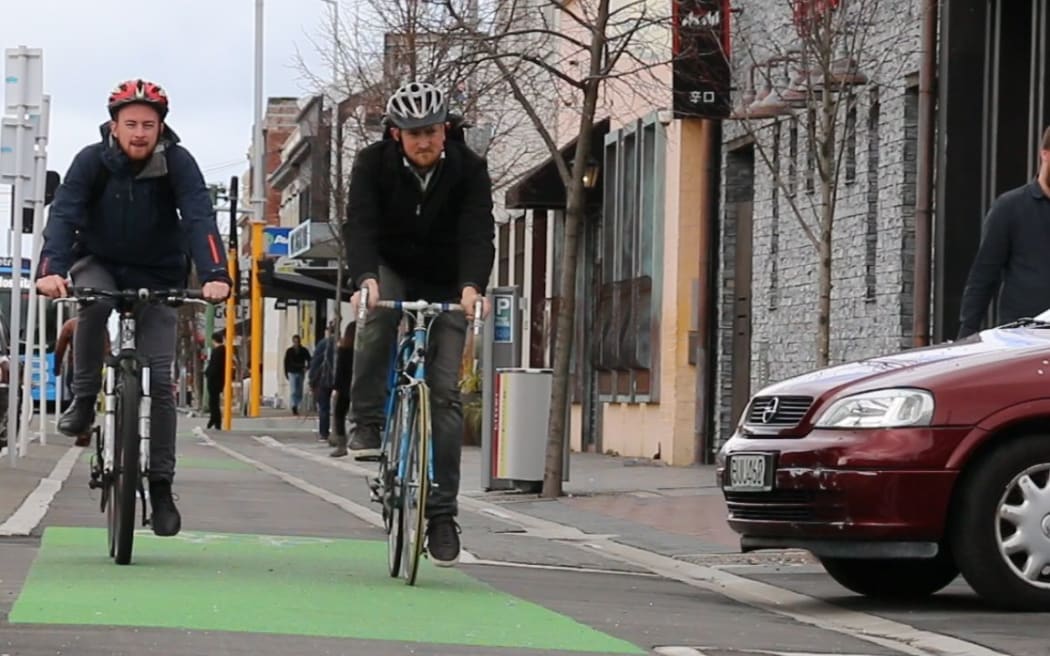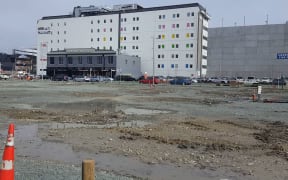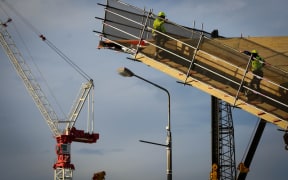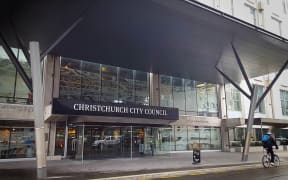An $86 million plan to make Christchurch's quake damaged roads more accessible is copping heavy criticism for removing car parks and dividing the central city.

Designated cycling corridors are part of the Accessible City plan. Photo: Rebecca O'Sullivan
The Crown-led 2013 plan - An Accessible City - widened footpaths, removed on-street carparking and reduced the central city speed limit to 30km/hr.
The most expensive projects transformed Manchester St into a boulevard, and made the Christchurch Hospital corner more cycle and pedestrian friendly - at a cost of $20m each.
The impact on motorists have led some people to dub Christchurch the inaccessible city.
Christchurch businessman Antony Gough said the Accessible City plan has brought him somewhat mixed results.
Mr Gough, who developed the $140m Terrace hospitality venture along the banks of the Avon River, welcomed the pedestrian-friendly layout of the central city, but hit out at the lack of on-street carparking.
"So anything they build like the library, like the convention centre, like even council chambers themselves, the Justice Precinct, no one's got car parking and it's an absolute nonsense," Mr Gough said.
Experienced Christchurch transport planner Axel Wilke said the plan completely ignored car parking, and was letting the city down.
"I have heard a keynote being given at a conference once by the chief transport planner of San Francisco, and he opened his talk by saying, if you haven't got a strong parking policy, then you might as well not bother with the rest of your transport planning either," Mr Wilke said.
Mr Gough said central Christchurch was hurting because of the lack of carparking, and private investors were stepping up to fill the void left by the plan.
"That's why people like Philip Carter - the first time he put up was a car park building. And you've got Tim Glasson, he's got a big car park building up, Ngāi Tahu put a big carparking building up," he said.
"It doesn't actually make a great deal of money carparking, but it's a critical part of central city survival."
The Accessible City plan also created designated cycling, driving and public transport corridors.

The Christchurch City council says public car parks in the central city are provided through buildings such as the Lichfield Street car parking building. Photo: Supplied/Christchurch City Council
Canterbury Regional councillor and public transport advocate Tane Apanui said the designated corridors were his biggest objection.
"The city has been designed by someone that has designed a 1950s or 1960s house. So everything has its place and it's very divided and I think it's divided the city," Mr Apanui said.
One of those transport corridors is Manchester St, which is now a bus priority route that has traffic lights to allow buses to leap ahead of cars.
Despite the criticism, the Christchurch City Council has signalled the Accessible City Plan is here to stay.
Council head of transport Richard Osborne said the lack of on-street parking was due to wider footpaths and trees, which the public asked for during consultation.
He said public parking buildings were available instead.
"There's around 15,500 publicly available car parks within the central city at the moment. It's probably a little bit more than there was pre-quake but you know, not too different. So there was around 14,500 [car parks] pre-quake," Mr Osborne said.
He also said there were less workers and residents in the central city, compared to pre-earthquake levels.
Mr Osborne said modern street design standards were also different to past decades.
He said modern design standards such as wider footpaths to improve intersection safety will also remove car parks.
Bus stops have also been made longer, which has contributed to reduced car parking.





